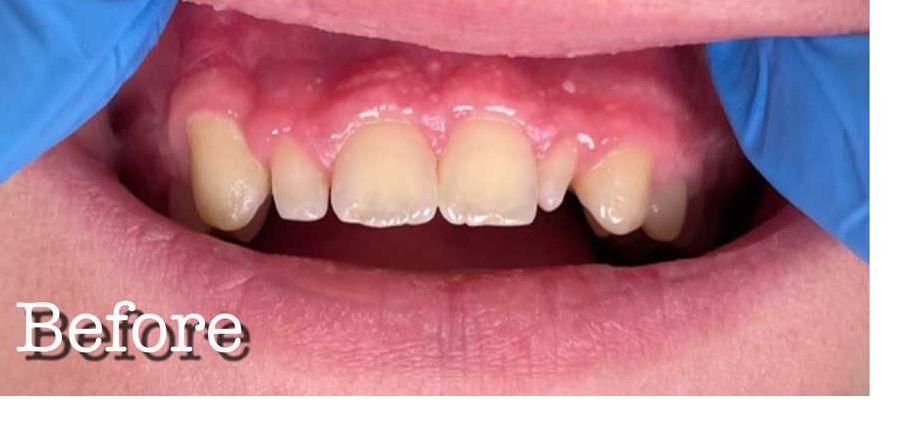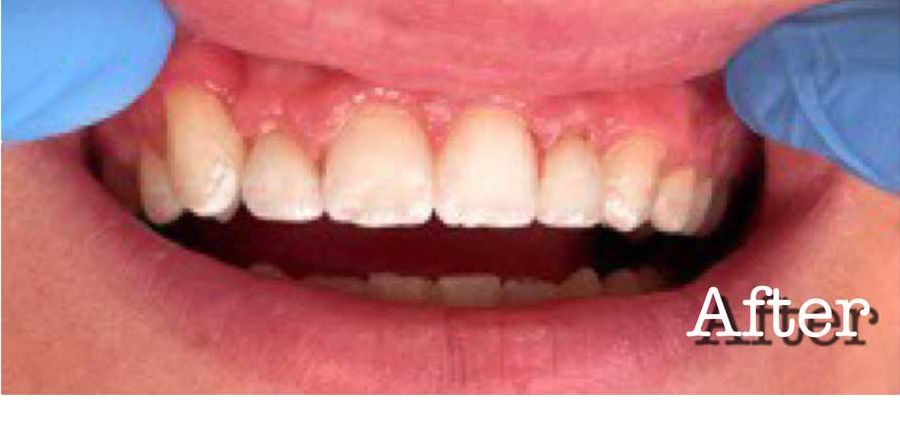selwyn family dental
A Modern Family Oriented Dental Clinic That Spoils You!
When you partner with us for your dental needs, you are provided continuance of care with the same friendly staff visit after visit.
ABout
Welcome to Selwyn Family Dental
We provide one-on-one dental care that makes you feel at ease. We make smiles by giving you ours – and bill your insurance directly.
From routine dental hygiene checkups to oral appliances and more, you can count on the experienced and friendly staff to help you maintain optimal oral health.


testimonials
"I was visiting from Las Vegas and had an infection and tooth ache. I called and was in the office in 25 minutes. They took care of everything. It is an amazing office of professionals from Dr. Toms to the assistants. 11 out of 10 would be the rating."
benefits
The Benefits of Choosing Selwyn Family Dental
New Patients & Dental Emergencies
At Selwyn Family Dental, we always welcome new patients and dental emergencies.
Direct Billing
We will bill directly to your insurance company or health benefits provider. We take the CDCP Seniors Government Dental Program.
Laughing Gas Available
Laughing gas can be a useful tool for easing anxiety and pain during dental procedures.
Free Parking
Feel free to drive to your appointment, and we will pay for your parking!
services
Our Services
Cleaning
Fillings
Teeth Whitening
Extractions
Implants
Crowns
Emergency Walk-Ins
Dentures
DENTURIST
Contact Us for a No-Charge Consultation
- Full Dentures
- Partial Dentures
- Immediate Dentures
- Relines
- Repairs
- Tooth and Clasp Additions
- Implant Supported Dentures




